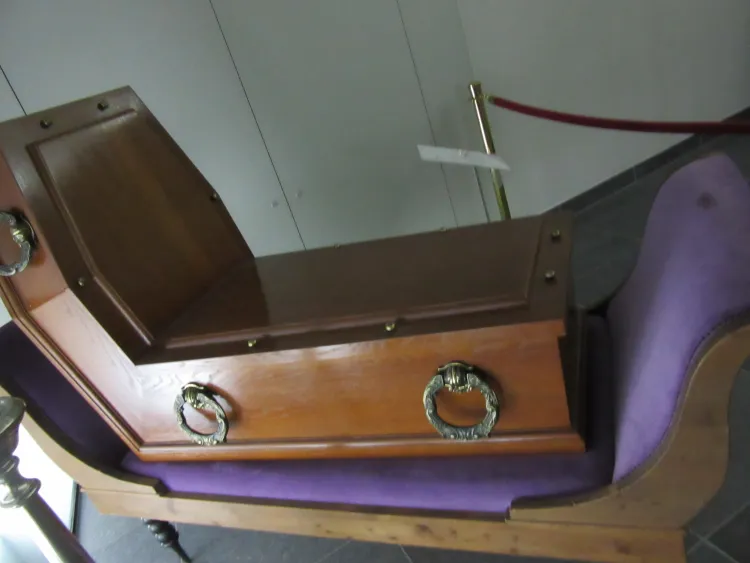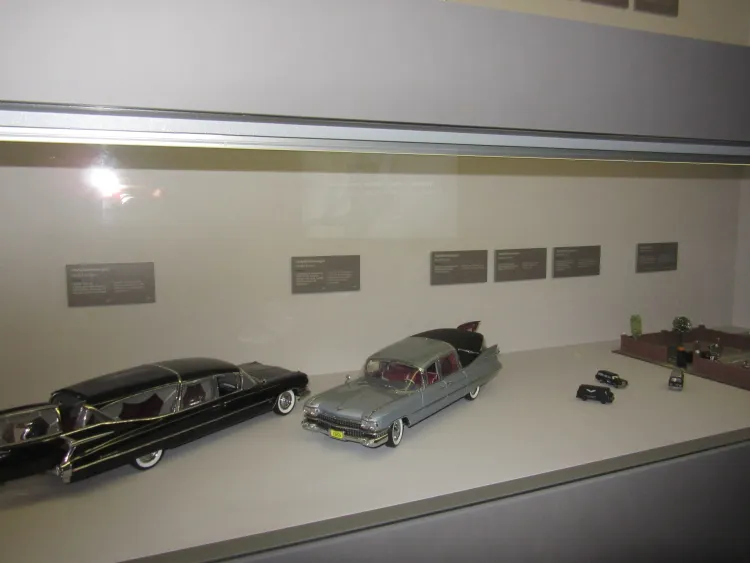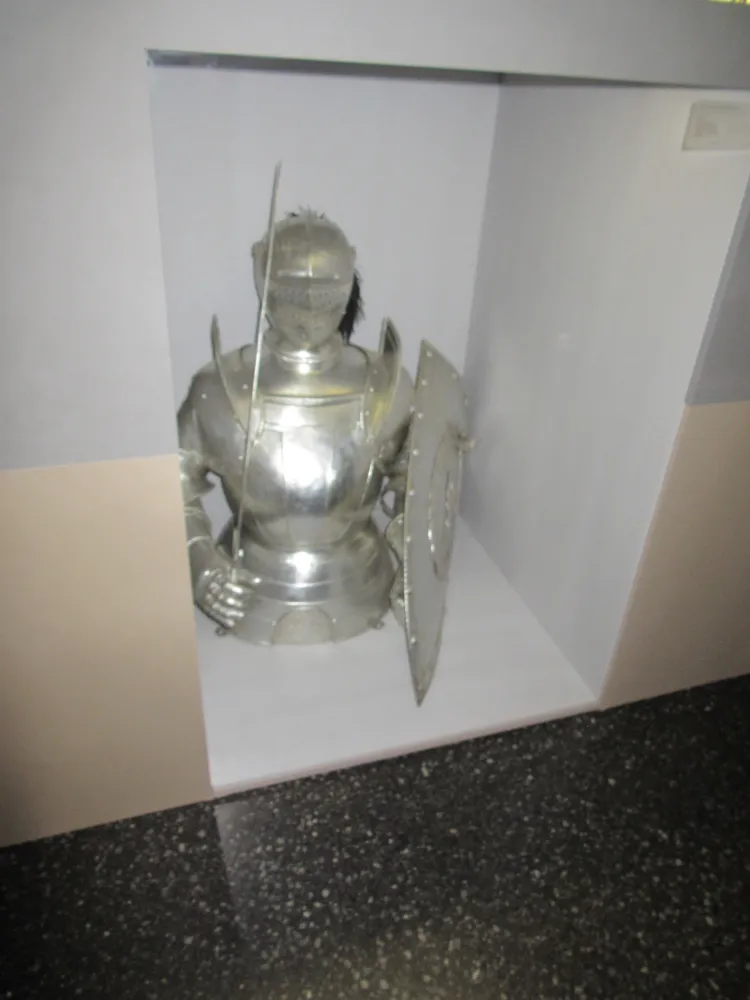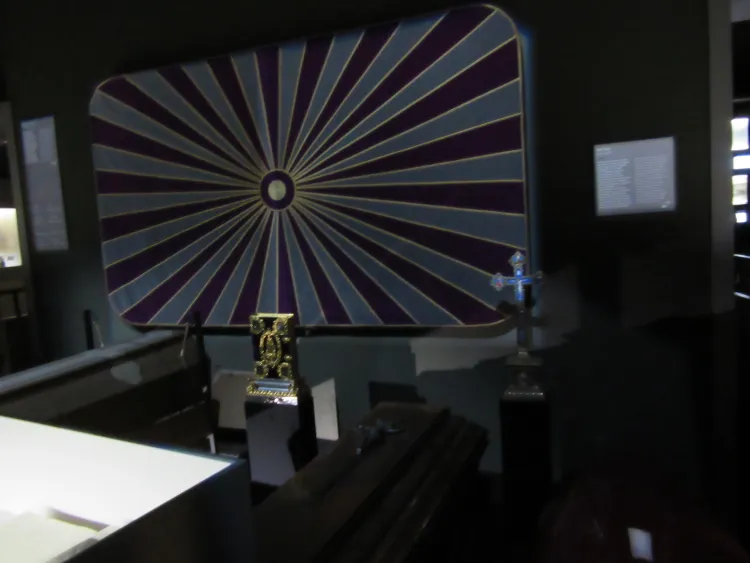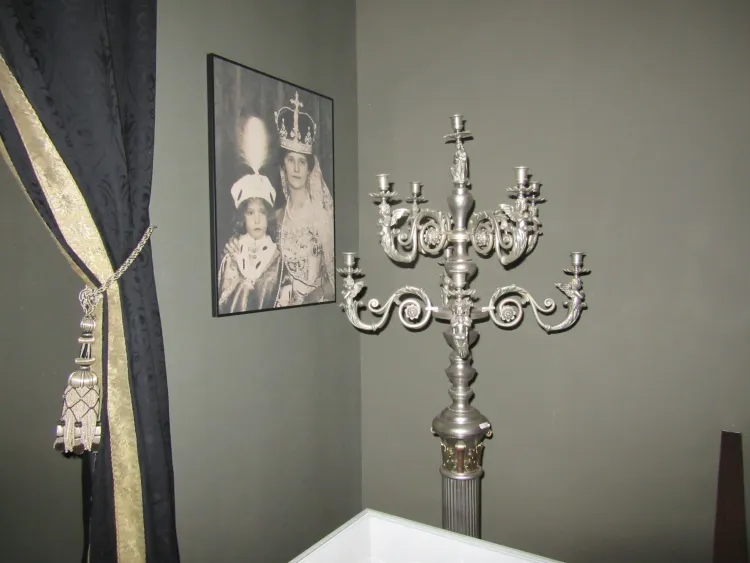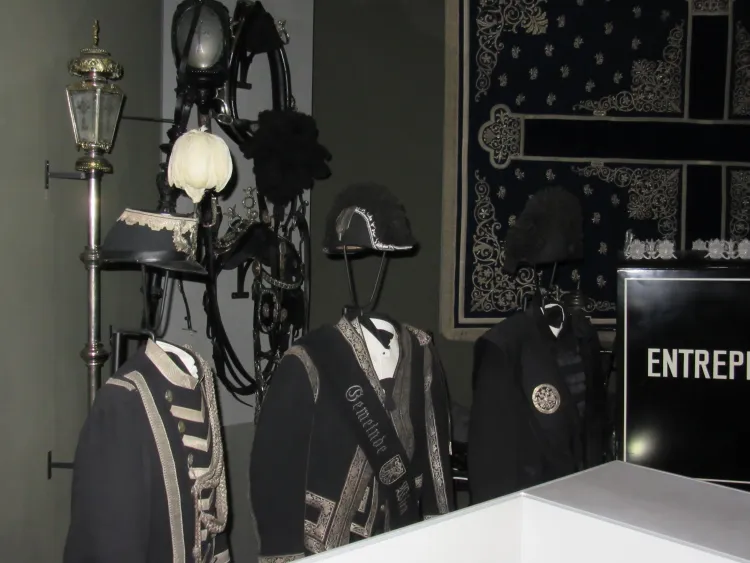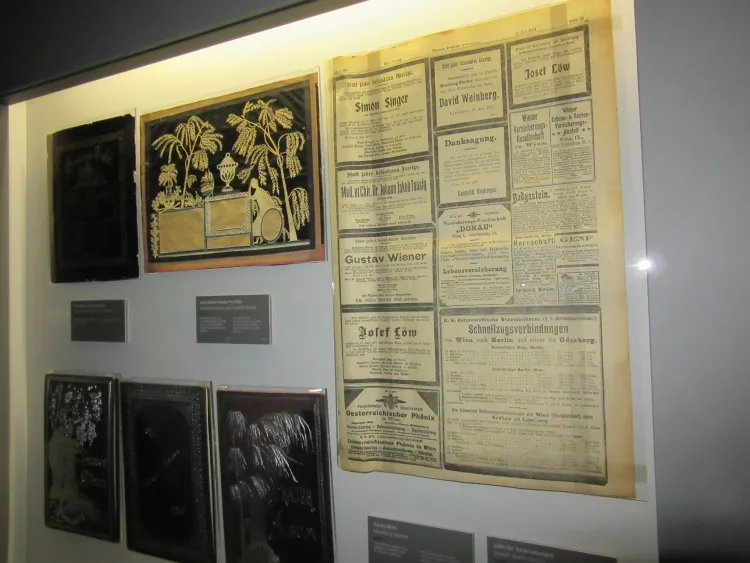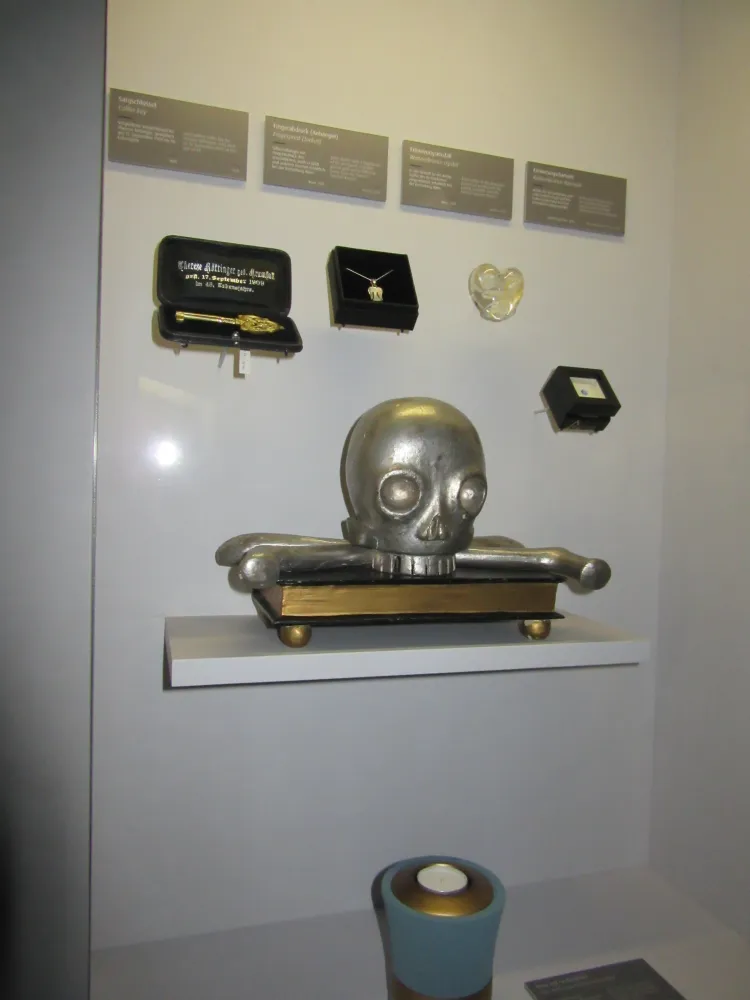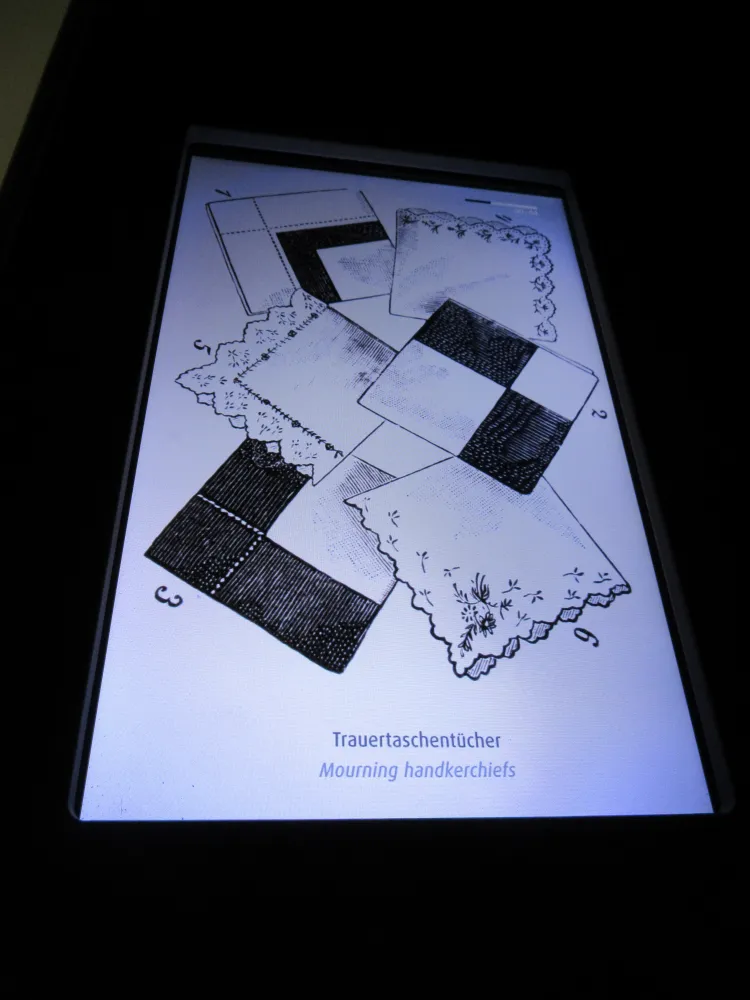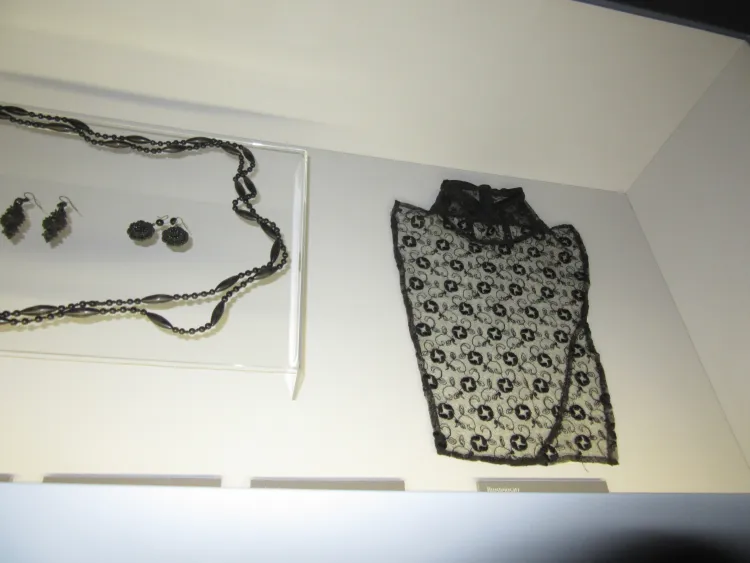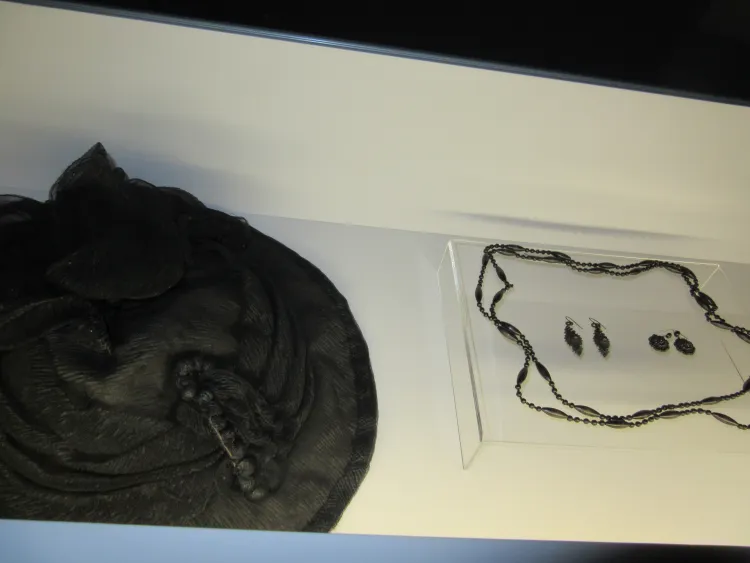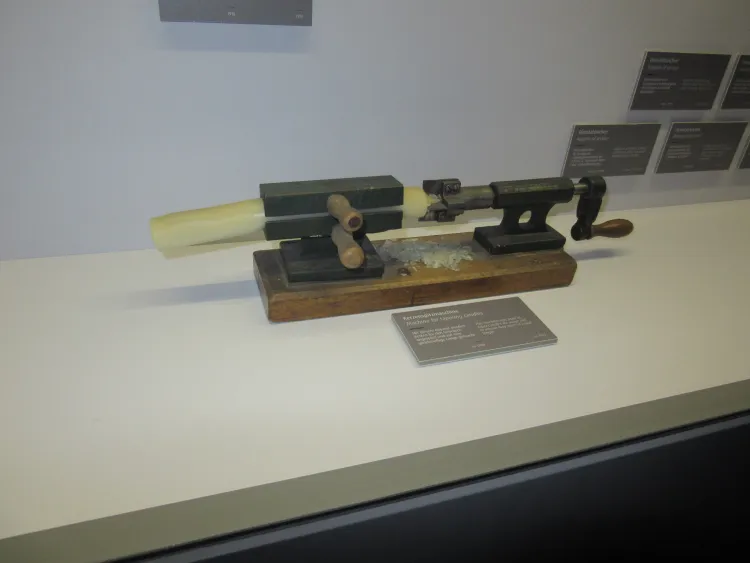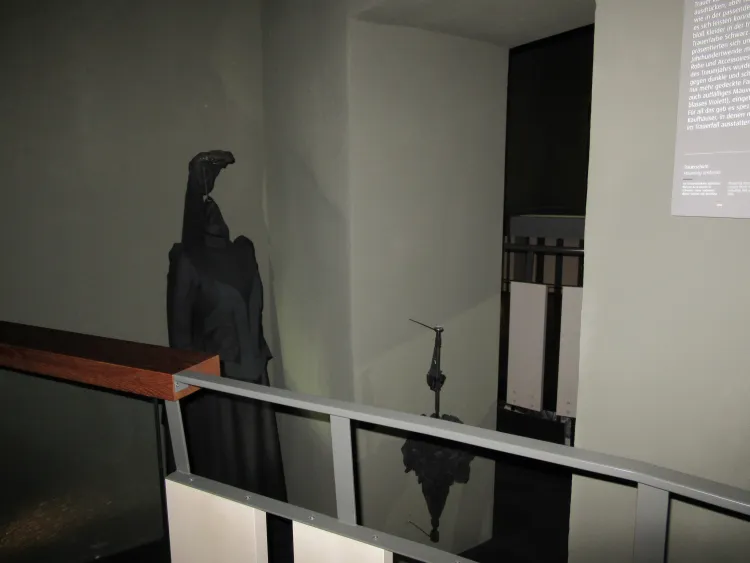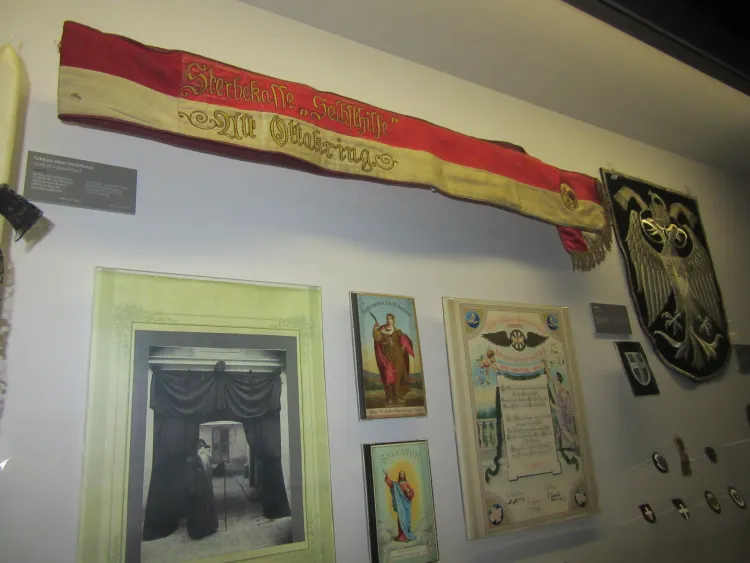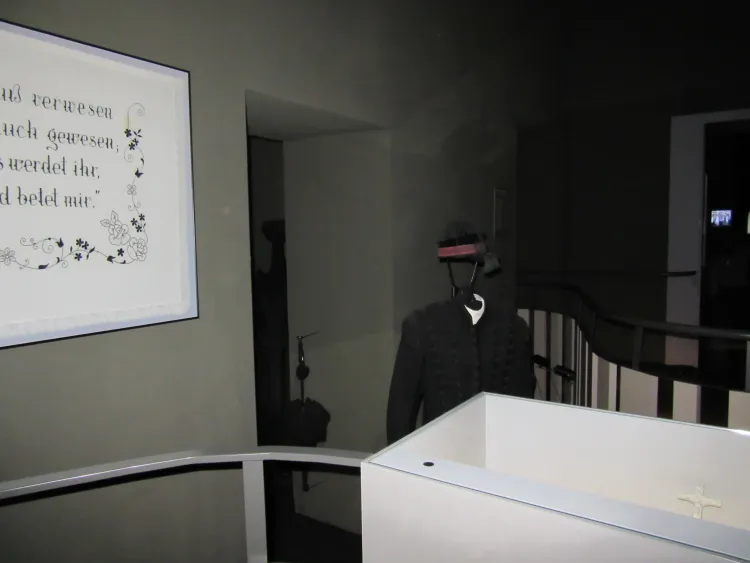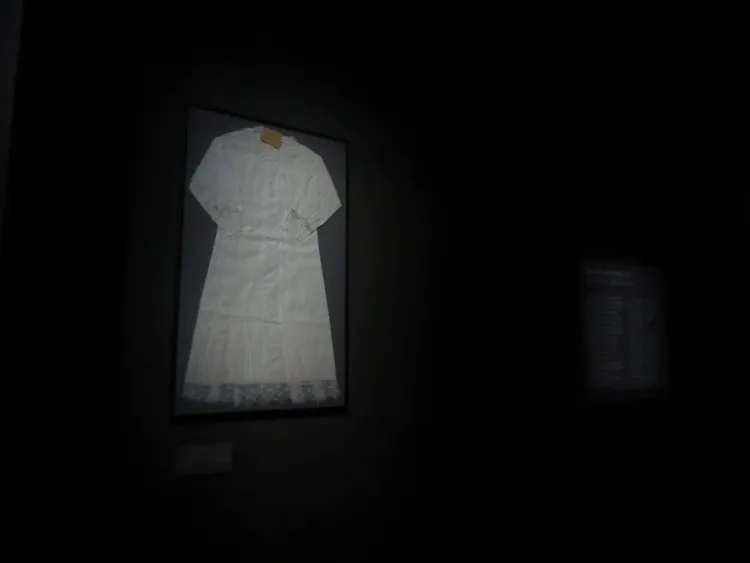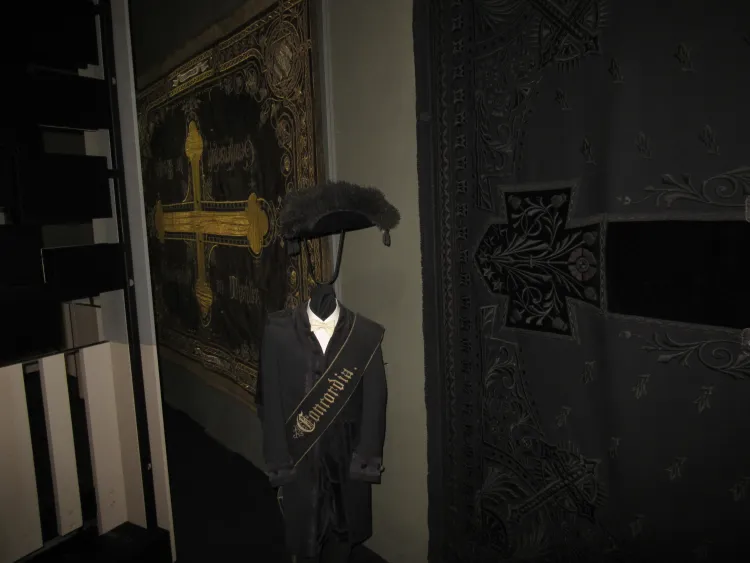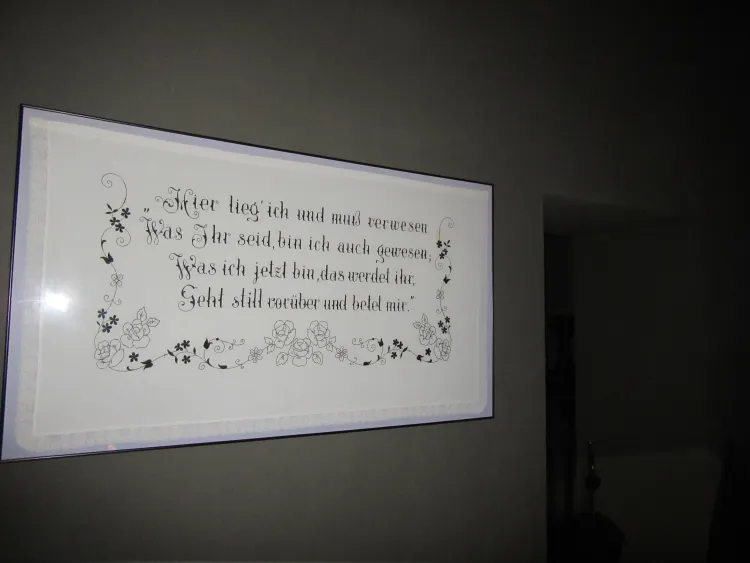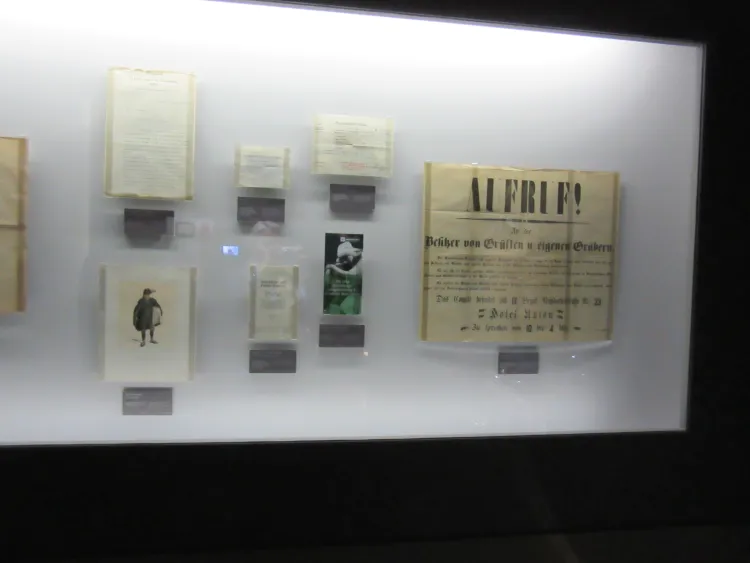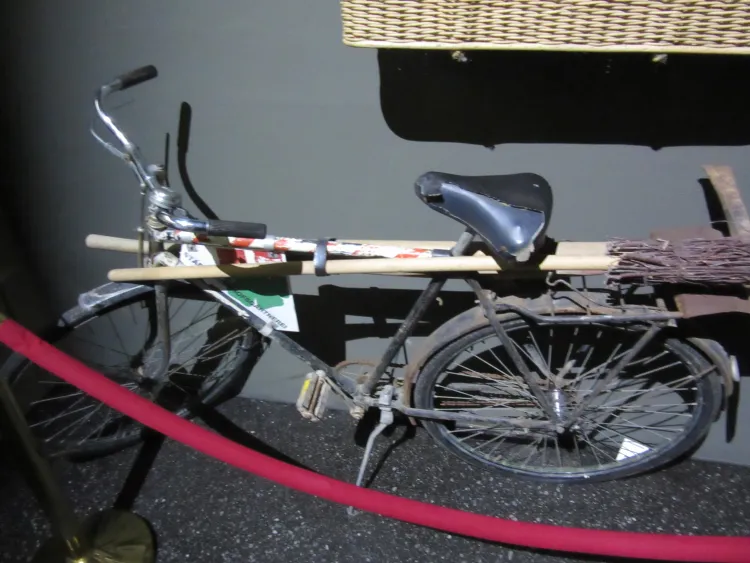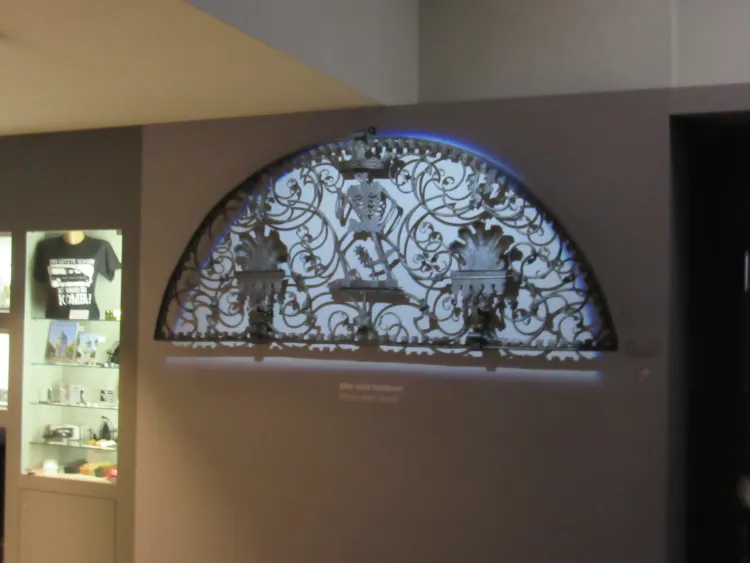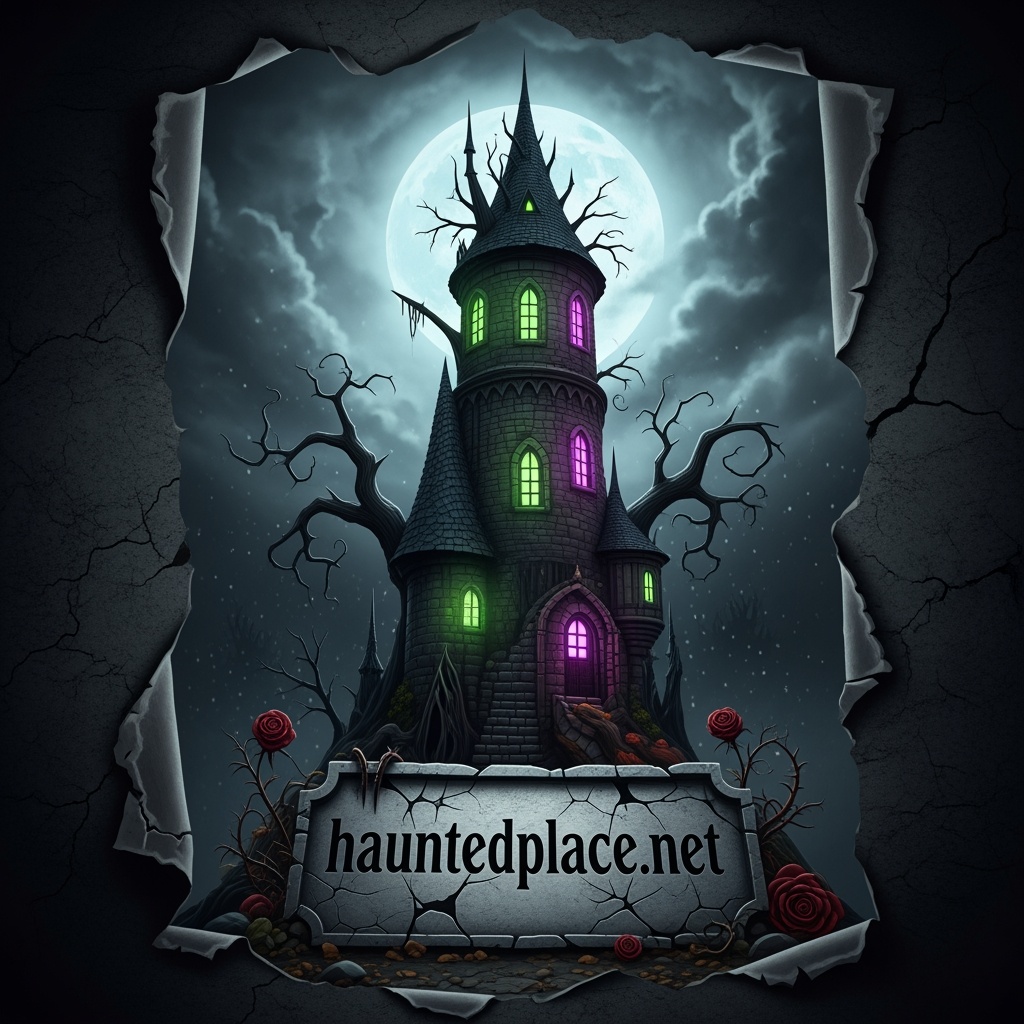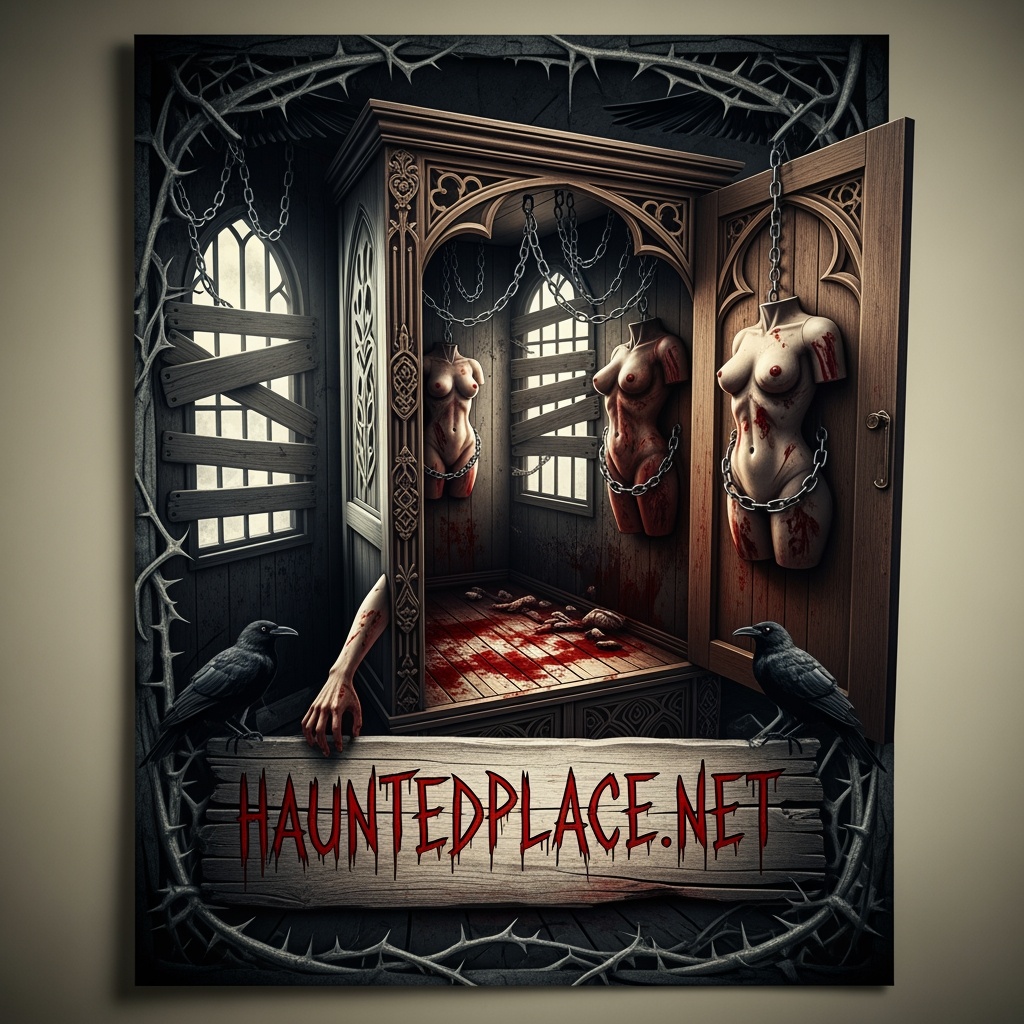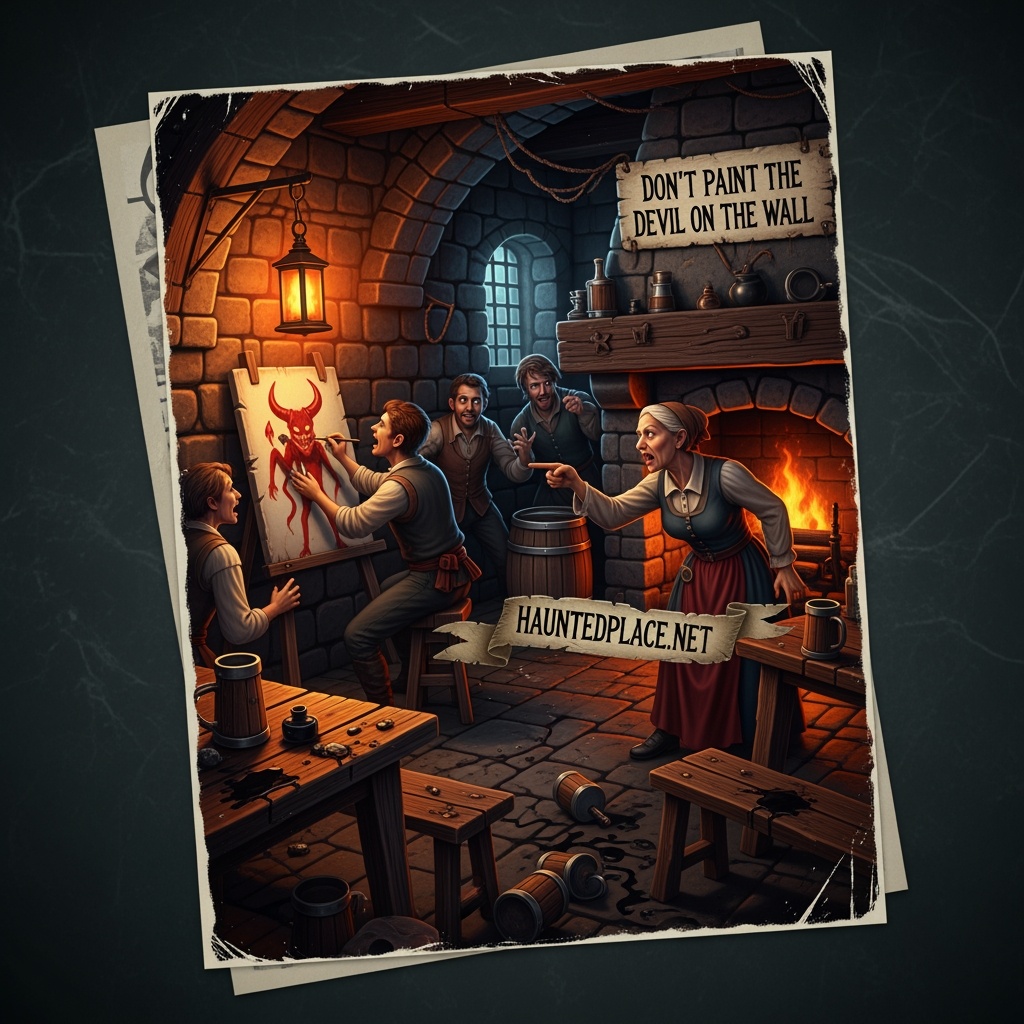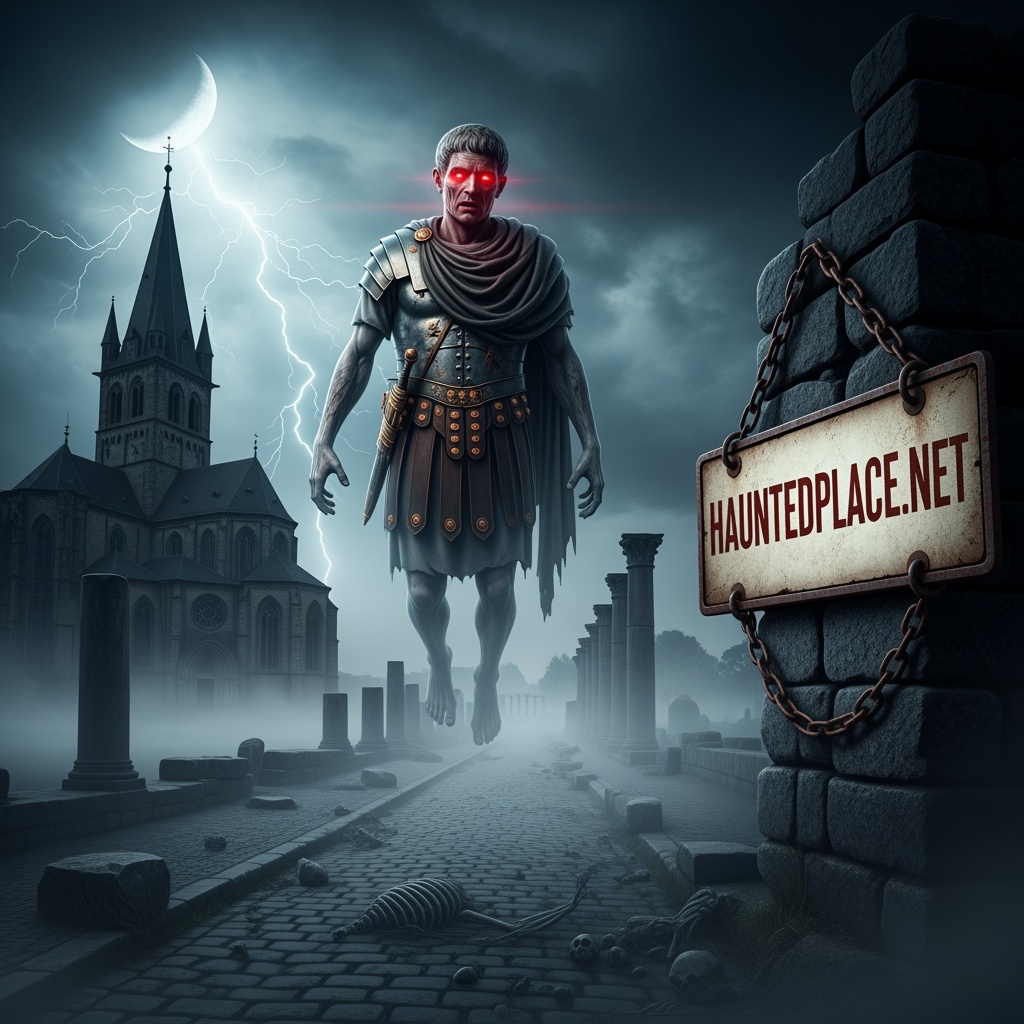
There is actually a funeral museum in Vienna, located in the Vienna Central Cemetery in the 11th district of Simmering. With 2.5 million square meters, 300,000 graves, and 3 million deceased, the Vienna Central Cemetery is one of the largest cemeteries in Europe. Here you will find the Funeral Museum, where visitors can learn everything about the “beautiful corpse” and all kinds of interesting facts about Viennese funeral ceremonies, the funeral industry, the history of Vienna’s cemeteries, and the peculiarities of the “Viennese cult of death” from the end of the 18th century to the present day. Because Vienna and death, they say, are an eternal love. I had never visited a museum like this before and was excited to see what awaited me. Because visiting a cemetery and then a museum housed within it is truly a strange feeling. I entered the museum, which was founded in 1967 and was previously housed in the former funeral headquarters at Goldeggasse 4 in Vienna’s 4th district until September 2013, with mixed feelings. After all, who likes to confront the subject of death? I marveled at the more than 250 original objects and a total of around 1,000 exhibits. I admired the mourning fashion in the display cases, as well as impressions of faces and hands, locks of hair, and photographs intended to commemorate the deceased, in keeping with the motto: Memento mori, “Remember the dead.” Particularly beautiful to look at was the original “Fourgon,” a carriage for transporting corpses, dating from around 1900. In the past, corpses were transported by carriage; it was not until the 1920s that automobiles became the norm for transport. I also marveled at bizarre exhibits such as the sitting coffin, which was made for people who wanted to keep an overview even in death, and a rescue alarm clock. This came from a time when people feared being buried alive. This primal fear has been the subject of many Hollywood films. I was very surprised by the folding coffin from 1784, which Emperor Joseph II had used so that coffins could be reused several times. What a strange thing, I thought. The museum also documents an invoice from the imperial court showing the costs for the transfer and burial of Archduke Franz Ferdinand, heir to the throne, and his wife Sophie von Hohenberg, who were shot in Sarajevo in 1914. I was very impressed by the diversity of the museum, which is quite remarkable. I thought the many monitors placed next to the exhibits were very good. This allowed me to read everything again at my leisure and, among other things, watch the funeral of Emperor Franz Joseph in 1916. At the Funeral Museum, I learned everything there is to know about Viennese funeral and cemetery culture from the end of the 18th century to the present day. For me, it is a completely different kind of museum that lives by the credo: “Death is inevitable – so let’s celebrate it.” Anyone who loves the extraordinary should definitely visit this museum.
